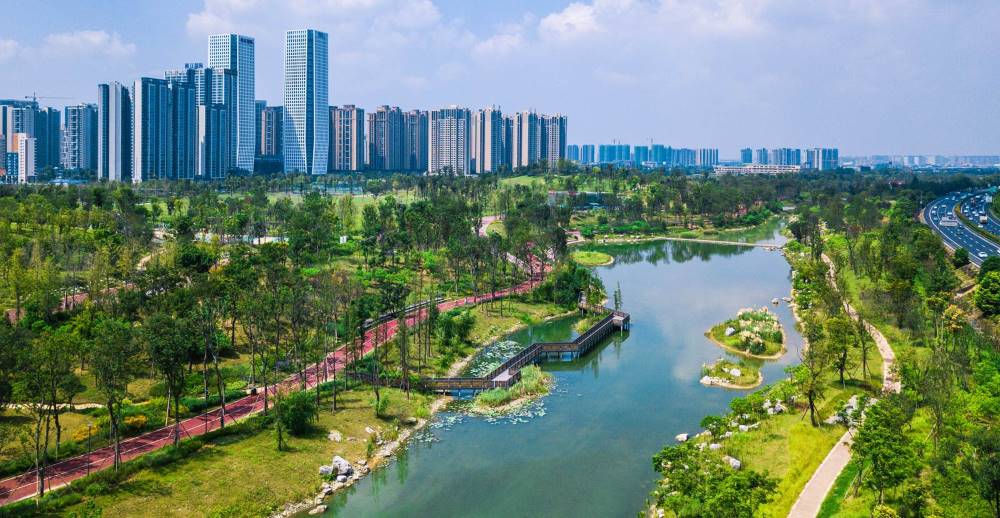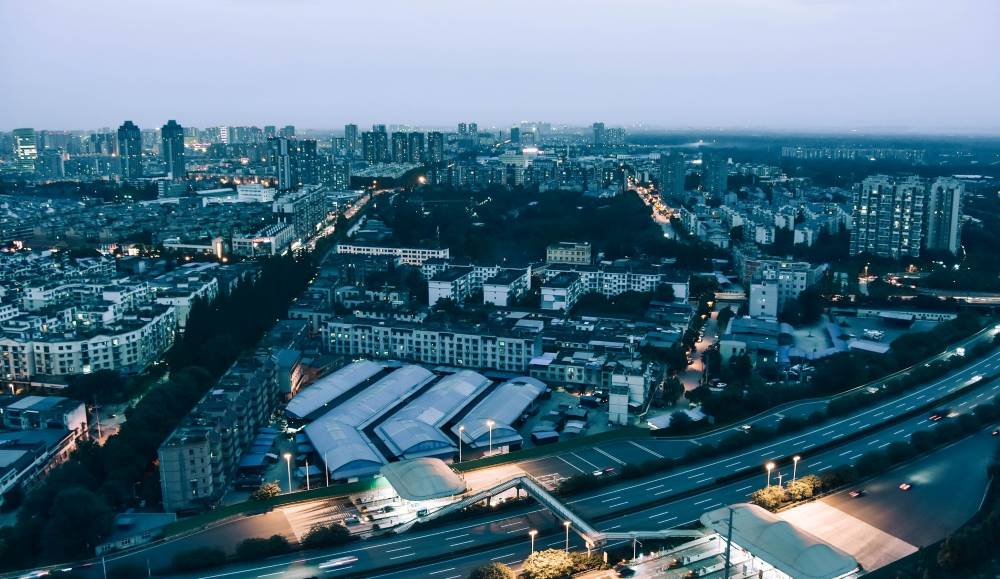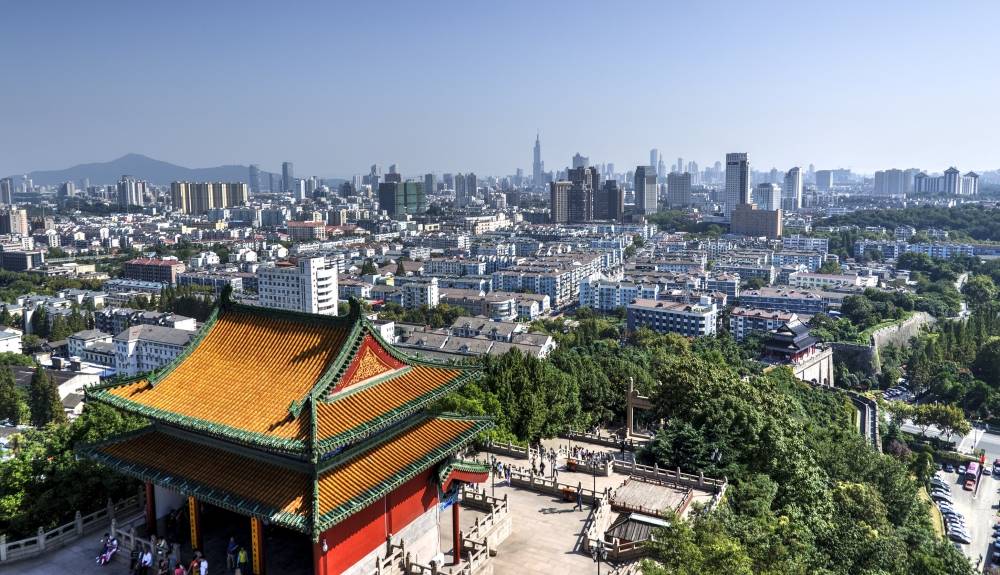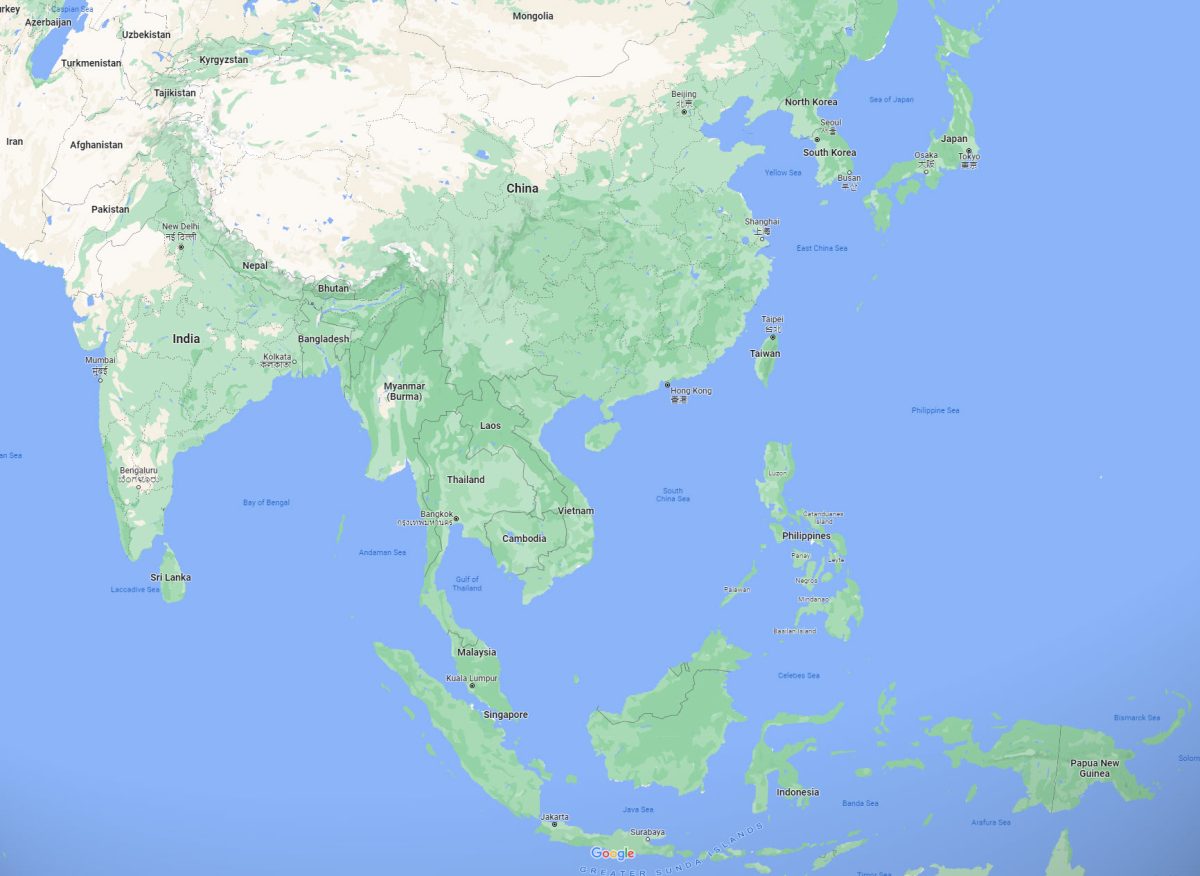Cities in China incentivized to actively improve resilience and safety development

China is prone to natural disasters. In 2019 alone, the country was hit by floods, typhoons, droughts, earthquakes, and geological disasters, leaving around one-tenth of its population affected and 327.90 billion Yuan of direct economic losses. As the China Meteorological Administration confirmed in its 2019 Blue Paper of Climate Change in China, the frequency and intensity of extreme weather events increased as a result of climate change, and have indeed become a major challenge for cities in the country.
To prevent and tackle major safety issues, establish public safety systems, improve emergency preparedness, as well as to maximize response resources, China’s State Council regrouped and consolidated 13 relevant departments into the new Ministry of Emergency Management during its institutional reform in 2018, which is to focus on emergency management, work safety, and emergency rescue. It will also guide cities in establishing local emergency management systems, following national regulations.
The Ministry of Emergency Management’s first major task was to facilitate the National Safety Development Demonstration Cities Evaluation and Management Program launched by the State Council in December 2019, which was designed to encourage cities to strengthen and consolidate their emergency and safety management works among departments, through the process of applying to become a national demonstration city.
The evaluation and endorsement of national demonstration cities are carried out on a yearly basis. Cities that are interested in applying should first complete a self-assessment. In order to become an eligible candidate, cities should score a minimum of 90 points out of 100 in the self-assessment following the National Safety Development Demonstration Cities Evaluation Standards, which includes a total of 47 indicator criteria, covering 6 main working areas of sources control, risk prevention and control, supervision and management, hardware and software capacity, response and rescue, and safety status. And together with an improvement plan, the city’s self-assessment result should be verified at the provincial level, before sending to the State Council Production Safety Committee administered by the Ministry of Emergency Management for final evaluation.
China’s National Safety Development Demonstration Cities Evaluation and Management Program takes a top-down approach by welcoming cities to participate voluntarily. From the cities’ perspective, the self-assessment – in fact – has provided them with an opportunity to bring together all sectors in thoroughly reviewing and identifying safety risks within the jurisdiction, and to seek improvement accordingly. By gradually shifting from mitigating disaster losses to reducing disaster risk, cities will be able to enhance urban safety and resilience as a whole. More importantly, cities are required to continue escalating their safety development works even after earning the endorsement as a national demonstration city. Their further achievements will be reviewed through re-evaluation once every three years.
Chengdu, the capital of Sichuan province, is exposed to an array of natural hazards including earthquakes, floods, heat waves, and droughts, but has successfully earned its credential as one of the national demonstration cities in 2019. Led by its Emergency Management Bureau, all departments within the Municipality have jointly completed the city’s first comprehensive overall assessment of disaster risk and identified 12 key sectors including energy, water, hazardous chemicals, and transportation, as well as the pilot areas. In moving a step forward towards becoming a low-carbon and resilient city, Chengdu took the opportunity to participate in a tailor-made capacity-building training on urban resilience and climate change adaptation co-organized by ICLEI and UNDRR in early 2020.

Chengdu City / Source:Pixabay
Many other cities are also striving to earn their credentials. For instance, Xi’an city is currently targeting the identified major risks by laying out sector-specific deep-dive projects; accelerating emergency management for infrastructure; and establishing an integrated mechanism that could manage relevant resources across different levels of governance. Guangzhou city has completed 2 rounds of self-assessments and a third-party evaluation. Through these processes, the city has identified the areas where points were lost and have come up with improvement plans correspondingly. Nanjing city has already met the self-assessment requirements and has formed an expert consulting group on reviewing and evaluating its proposed improvement plan. The city aims to submit its application for provincial verification in July. Other cities like Chongqing, Shenyang, and Shenzhen are catching up quickly, deploying and planning for the application.
While the demonstration city evaluation standards created by China’s State Council focus primarily on production safety in urban development, the indicator criteria included are, in fact, largely in line with UNDRR’s Ten Essentials for Making Cities Resilient. For example, both sets of assessments guided local governments to review their readiness and progress in disaster risk reduction by looking at data collection, disaster risk identification, and evaluation, the establishment of integrated application platform(s), development of disaster response plans, as well as public engagement.

Nanjing City / Source:Pixabay
However, UNDRR’s Disaster Resilience Scorecard for Cities also incorporates indicators on financial capacity (municipal financial plan for resilience, contingency funds, and insurance), natural ecosystem services, and transboundary environmental issues.
The increasingly common extreme weather events and natural disasters – as global warming accelerates – have resulted in tremendous loss of life, social upheaval, and economic devastation. Thus, in recent years, a growing number of national, regional, and local governments around the world, as well as international organizations, have come to understand the importance and the need to address climate-related risks and challenges in an integrated manner, and under the framework of resilience development.
Indeed, financing resilience and using nature-based solutions to strengthen urban resilience have both found their unique space in international communities involved in urban resilience and sustainable development, including ICLEI’s Resilience Cities Congress. In particular, the growing evidence from research and practical experiences has proven that natural ecosystems and their services can not only contribute to climate change mitigation but can also benefit cities and their surrounding regions by providing natural buffers and protection in case of disasters. Bit by bit, both national and subnational governments have been increasingly implementing nature-based solutions to boost resilience.
ICLEI East Asia has been working closely with UNDRR ONEA-GETI in localizing global resources in the Chinese context and providing capacity-building opportunities for urban resilience in cities in China. Through this collaboration, ICLEI and UNDRR are looking to support cities in China to learn from international experiences, and build up local capacities for climate change adaptation and resilience, while at the same time, contributing to the central government’s work on promoting safety development in cities.
The ongoing global pandemic of COVID-19 gave the world a hard lesson on the fact that it is time to rethink the importance of public health systems under the framework of urban resilience. Many cities have now turned their focus to speed up public health system resilience development in the context of climate change adaptation. In response to this urgent need, ICLEI East Asia and UNDRR ONEA-GETI are planning to co-organize an online workshop in the second half of 2020, to support cities in China in exploring pandemic response and recovery, as well as further improvement of urban resilience comprehensively.

